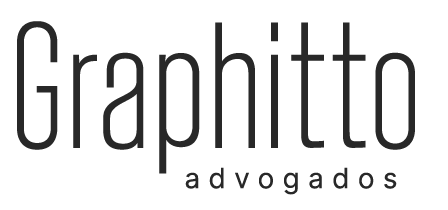These virtual spaces are not only meeting tools they are interactive spaces that allow for work to be completed. Unlike traditional conference calls that rely on one-way communication like screen sharing and screen sharing, these collaborative workspaces are designed to foster interaction, productivity, and community to hybrid or remote teams.
Virtual spaces are available to anyone who has an ordinary PC or Mac or a browser. These virtual spaces are also packed with capabilities, making them powerful tools for collaboration. Some of them even let you create an immersive experience by using VR. Some of them offer a sophisticated world-building editor while others have simple avatar systems that make use of floating emojis that convey emotions during conversations and presentations.
Google Docs lets team members view and edit documents. They can also comment on changes, track changes, and grant access rights for different individuals. It can also be used for video and chat conferencing, with integrations with other tools for workplace use, such as calendars, email and Kanban boards.
Microsoft Teams is a full suite of workplace programs that include video, chat and voice conference, file storage, and integration with other workplace tools. It is free for all Google users, and provides a variety of pricing options for businesses of any size.
ImmersedVR is a state of the art VR collaboration tool that utilizes the technology of telepresence to connect users around the world in shared workspaces. It lets team members to write on documents, record notes on plans, and even shake their hands with their co-workers. They can also see the virtual avatars of colleagues who are standing next to them. This state-of-the-art technology is being more and more used in training simulations and classroom-based learning. Duodecim is a Finnish medical society that makes use of Glue to conduct healthcare-related training exercises.
